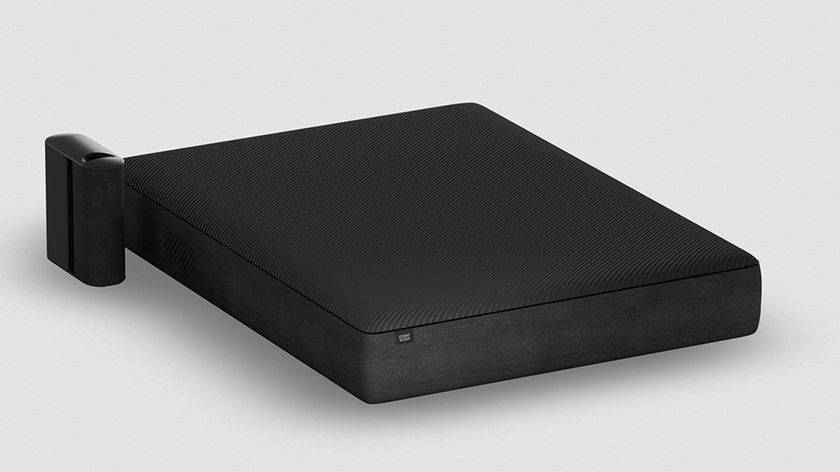How tech can help with flexible working
Tech solutions for SMEs to stay ahead of the curve

Chris Boultwood is Head of Technology at Workspace.
Despite London’s reputation as a technology hub, there is vast variance in the type and speed of connectivity available even within the capital. This discrepancy has historically skewed the playing field in favor of larger and more established businesses – those with the resources to dedicate a team to install, maintain and update their offices’ digital infrastructure.
Traditionally, this set SMEs at a relative disadvantage to compete at the pace of larger firms supercharged by high-quality tech. However, there are several ways SMEs can consider their approach to adopting new technologies:
1. Digital infrastructure, services and support
One consideration for SMEs looking to get ahead is to turn to a flexible office provider with a focus on digital infrastructure for support. By occupying an office space that has a robust package of digital infrastructure, services and support, businesses do not need to deal with connectivity issues on their own.
Instead, by drawing on the expertise of an office space’s pre-established and dedicated IT team, problems can be solved in the background, meaning that businesses can focus on what is most important to them. This will be particularly useful for start-ups in the process of making the move from a make-shift HQ to a more formalised office space.
In the UK, keeping an eye out for WiredScore ratings is a must for businesses wanting reassurance around their office space’s connectivity. WiredScore recognises buildings dedicated to high-speed internet that is reliable, resilient and secure – to futureproof businesses’ operations.
Their independent certification credentials have reviewed some of the UK’s most prominent buildings, including The Shard and the BBC’s Broadcasting House. They also certify flexible office spaces across the UK that offer gold-standard connectivity to their customers.
2. Cyber defence
Investing in software that limits risk should be of highest priority, as cyber-attacks become not only more prolific but more sophisticated. Start-ups should look for platforms that allow users to detect and identify cyber-security threats in real-time. In addition to identification, the chosen platform should suggest practical solutions too.
Are you a pro? Subscribe to our newsletter
Sign up to the TechRadar Pro newsletter to get all the top news, opinion, features and guidance your business needs to succeed!
Approximately 80% of data traffic in certain flexible office spaces runs through Wi-Fi platforms, rather than hardware connections. This is why it’s important that entrepreneurs looking for secure connectivity choose an office provider that offers more than just one basic layer of security.
Look instead for a space that offers a separate and unique Wi-Fi login for each business under its roof (for both long-term and co-working tenants). By taking such measures, your online and local network information will be much more difficult to infiltrate.
In addition, it’s important your office provider offers regular contact with cyber-security expertise. Some flexible workspaces will supply their customers access to cyber-defence services that educate users on which risks their company might be open to and how these can be mitigated.
Cyber Essentials, for instance, is an impressive government-backed scheme that helps identify fundamental security controls that organisations should have in place for protection.
3. 5G
At some point in the not-too-distant future, customers will decide to start using mobile data instead of Wi-Fi, due to the improved speed and capacity offered by 5G. Office providers should be prepared to accommodate the shift as often 5G signal struggles to get through ordinary building materials – existing infrastructure built to accommodate 4G is not enough. It’s important that businesses can alter a building’s infrastructure to support smooth 5G mobile coverage.
Savvy flexible office providers will already be conducting mobile-signal surveys to identify any ‘dead spots’ or gaps in coverage in their buildings – for instance, where signal cannot penetrate building materials or due to poor external signal. This would allow them to know where coverage issues are likely to be when 5G is introduced.
While this approach is still in early stages, my hope is that it will become common practice with architects and developers, so that new offices across the UK provide the optimum connectivity that is now a basic demand of businesses.
Smaller businesses now have the opportunity to outstrip larger companies if they take seriously these three approaches to workplace connectivity, ultimately allowing their businesses to thrive.
Chris Boultwood is Head of Technology at Workspace.
Chris Boultwood is Head of Technology at Workspace. He has over four years of experience in that domain.
Most Popular




